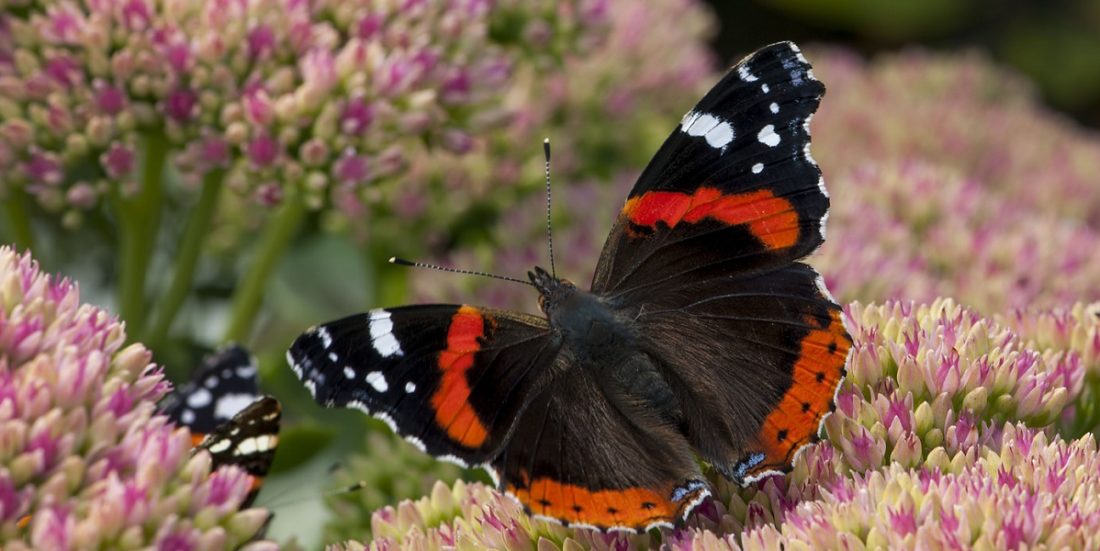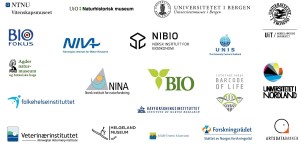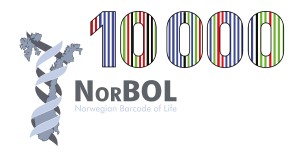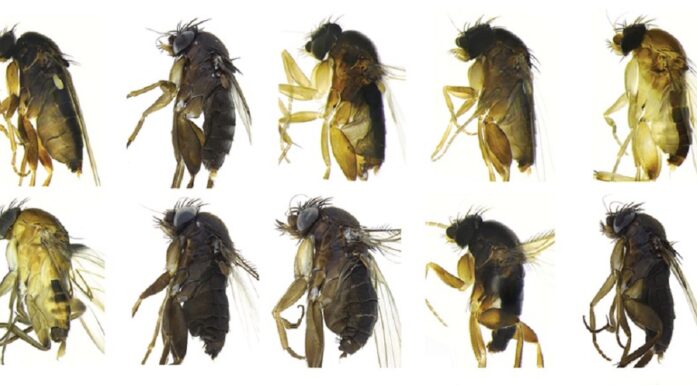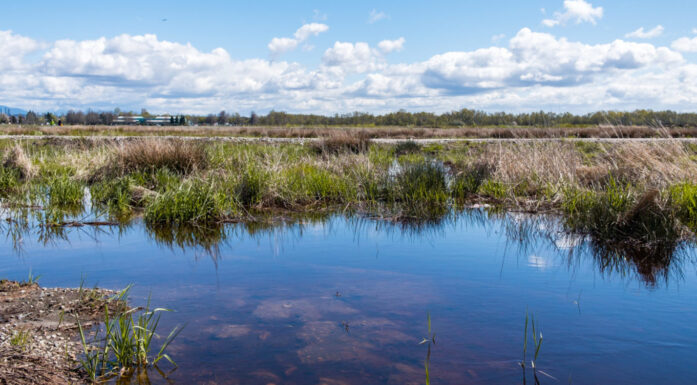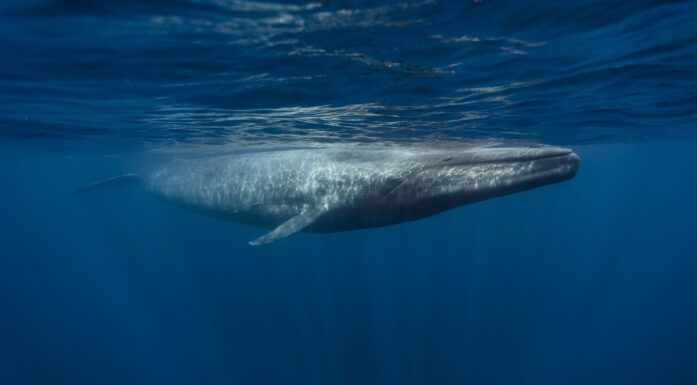Mapping life’s barcodes in Norway
After just two years, researchers are halfway to their goal of creating DNA barcodes for Norwegian species.
DNA BARCODES:“We have an estimated 60 000 unique species in Norway. The goal is to register DNA ‘barcodes’ from 20 000 of them by 2018,” says Professor Torbjørn Ekrem at the NTNU University Museum.
Ekrem works at the Department of Natural History, and is currently leading the Norwegian Barcode of Life (NorBOL) project. Researchers are making a reference library of DNA-sequences unique to each species.
“We are off to a flying start,” he said.
Ten thousand species have been given their own DNA barcodes over the past two years. While that may sound like a lot, and it only becomes more impressive when you realize that each barcode is found taking samples from 5 tests of a species. In other words, that’s 50,000 tests.
But there are a lot of people involved. No less than 17 research institutions are involved in the work of mapping life’s barcodes in Norway.
The easiest part is done
The easiest half of the job is done—the next 10 000 species will be much more difficult to map. They have three years left in the current project.
“About 80 per cent of our mammals are mapped, and almost all of our nesting birds. About 2400 flies and mosquitoes. We haven’t finished capillary plants or fungi yet, and we have a lot of work left when it comes to invertebrates and insects,” Ekrem explains.
Birds, mammals, and capillary plants are the superstars of biology, and are generally easiest to get sample of for scientific collections. It is much harder to get samples when it comes to Sicaridae flies, tardigrades, fungus gnats, parasitoid wasps, lichens, mosses, and all of the invertebrate creatures found in the ocean’s depths.
There are, however, a lot of academics and specialist involved. Ekrem is a specialist on chironomids.
- You might also like: Hidden in plain sight
Innsamling
The big university museums in Oslo, Bergen, Tromsø and Trondheim, and the research institutions NINA and NIVA are very active in the project. The museums are also responsible for archiving the organisms that have been mapped, so that they can be used as reference in later research.
“We have a lot of marine invertebrates, so the specialists at the Bergen University Museum are working on them,” Ekrem says.
The Mareano project has collected a lot of information in connection with their mapping of the Norwegian continental shelf, and has been a huge resource for the project.
But not all of the data collection is equally difficult or exotic. One researcher put out a tent-trap in his garden and caught more than 2500 unique species in one season. A school class helped to collect material in the botanical garden at Tøyen by Oslo Central Station.
The samples are then sent to a partner in Canada for DNA analysis.
- You might also like: Why some cuckoos have blue eggs
International importance
The reference library being built by this project is useful both to researchers, and to groups working to manage and preserve Norwegian biodiversity. The results are being made public through the International Barcode of Life project, and the BOLD database.
The international goal to have mapped 500 000 species by the end of 2015 has been reached, and a new goal on barcode-mapping the 10-20 million species we have on earth is being set by the Planetary Biodiversity Mission.
Norway is mainly contributing to this goal by mapping native species, including from Svalbard, but has also taken a larger responsibility for polar regions, in addition to helping out in other parts of the world. As an example, a collection of Malawian butterflies belonging to the NTNU University Museum is being included as part of the project.
The Research Council of Norway, the Norwegian Biodiversity Information Centre and the Norwegian Taxonomy Initiative have provided NorBOL’s main financial support. However, many of the researchers in the project have spent plenty of their own research and personal time to build the DNA library.
“We’ve seen an enormous personal initiative in NorBOL. But the work that we’re doing to expand knowledge on biodiversity is incredibly important to other research going on in the field,” Ekrem said.
